Since the previous WG meeting, Japan has formulated its 7th Strategic Energy Plan, which explicitly states that nuclear power will be utilized as a decarbonized power source. The plan also emphasizes the importance of advancing research and development on next-generation innovative reactors, including advanced light water reactors (ALWRs), fast reactors, high-temperature gas-cooled reactors (HTGRs), and fusion technologies.
Vendors Report Progress on Advanced Reactors
The latest WG session centered on innovative and small light water reactors expected to reach commercialization in the near term. Major manufacturers—Mitsubishi Heavy Industries (MHI), Hitachi GE Vernova Nuclear Energy, Toshiba ESS, JGC Global, and IHI—provided updates on their safety measures, technical progress, and future outlooks.
MHI reported that the basic design of its “SRZ-1200” reactor is nearly complete and that the company is ready to move to detailed design once a site is selected. Five technical exchanges have already been held with the Nuclear Regulation Authority (NRA) to enhance the predictability of the regulatory process.
Hitachi GE Vernova Nuclear Energy presented its development of the large light water reactor “HI-ABWR” and the small modular reactor “BWRX-300”. The latter is already approved for construction in Ontario, Canada, with licensing and deployment efforts also advancing in the United States and Europe.
Toshiba ESS highlighted its “iBR” innovative light water reactor, which aims for faster construction by combining a robust reactor building and a passive safety system with streamlined plant and building designs.
Meanwhile, IHI and JGC Holdings reported on Japan’s participation in the NuScale SMR project in the United States. NuScale has obtained design certification in the U.S., and basic design work is now underway in Romania for the first plant. The two Japanese companies are utilizing government support under a METI subsidy program to develop modular reactor building technologies, requirements management systems, welding technologies for large components, and seismic reinforcement methods.
Members Call for Improved Predictability and Broader Roadmaps
While participants expressed strong expectations for the progress achieved so far, they also pointed out several challenges ahead. These included the need for periodic updates of the technology roadmap, further discussions on adaptation to Japan’s unique natural conditions, and improving regulatory predictability aligned with the development stages of each new reactor design. Other comments addressed non-technical aspects, such as strengthening energy security and building trust with local communities at potential sites.
From the industry side, OHNO Kaoru, Expert Committee Member representing the Japan Atomic Industrial Forum (JAIF), stressed that the roadmap should not only cover technical development but also explicitly include elements crucial to investment decisions—such as business environment improvements, supply chain resilience, and workforce retention and development. He also emphasized the need for a standardized administrative timeline for procedures like environmental impact assessments and installation permits.
Regarding the roadmap for small light water reactors, Ohno proposed updates to reflect domestic progress and new findings, as well as consideration of overseas projects in which Japanese companies are participating. He further noted that under Japan’s GX (Green Transformation) initiatives, it is essential to continue supporting not only advanced technologies but also the manufacturing base that underpins the supply chain.


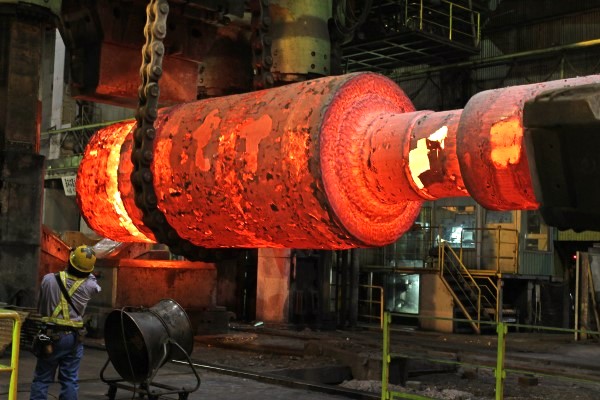
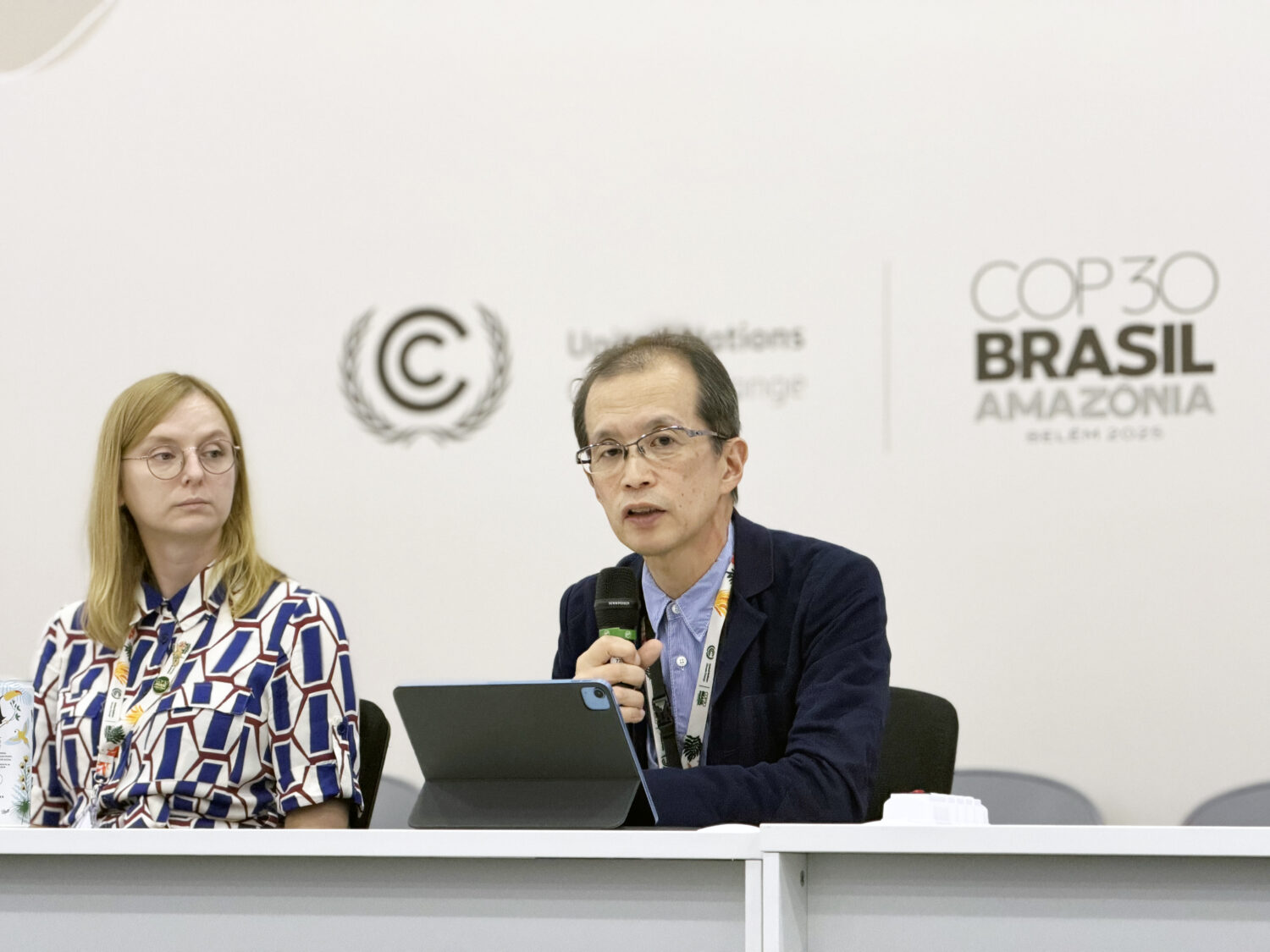
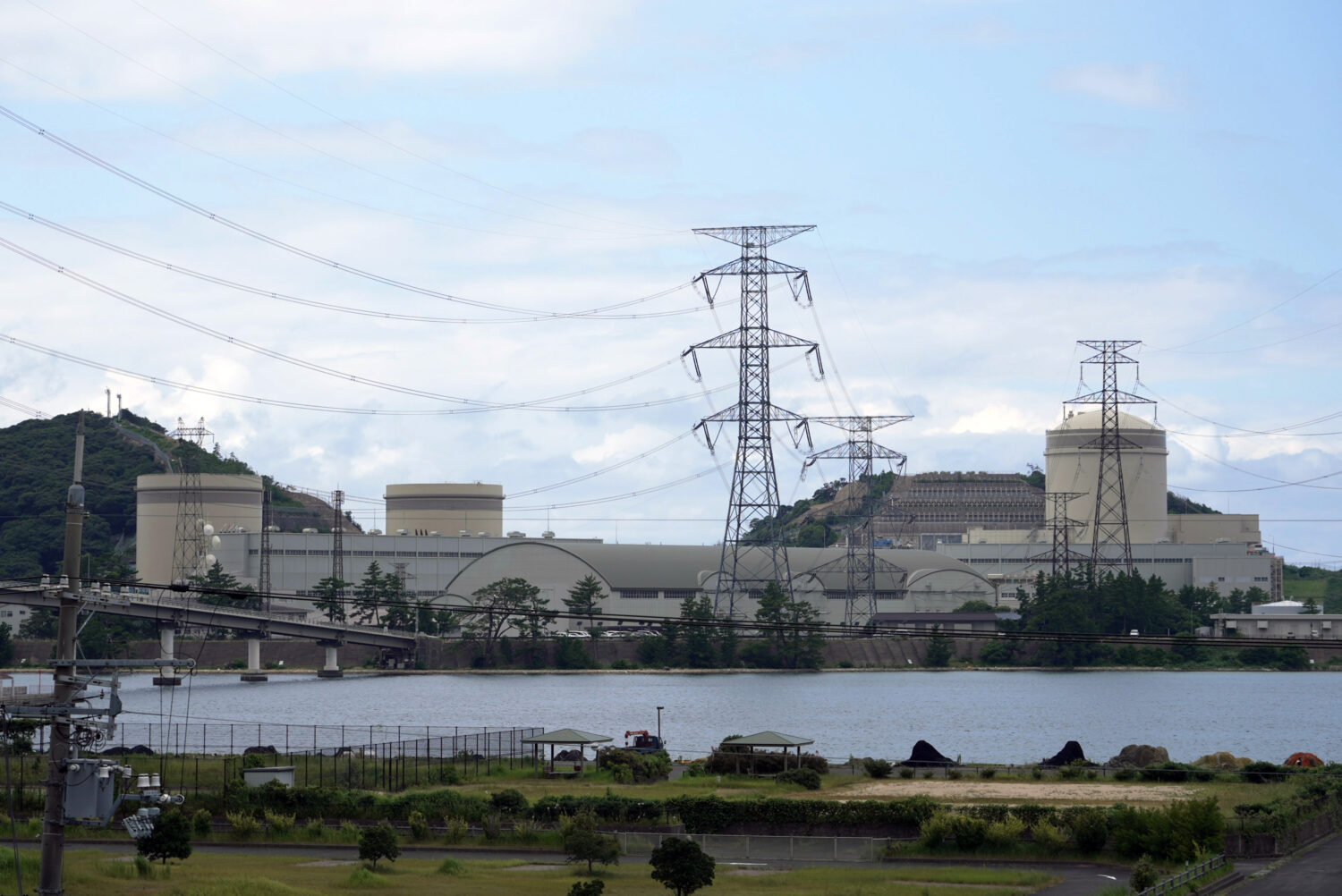
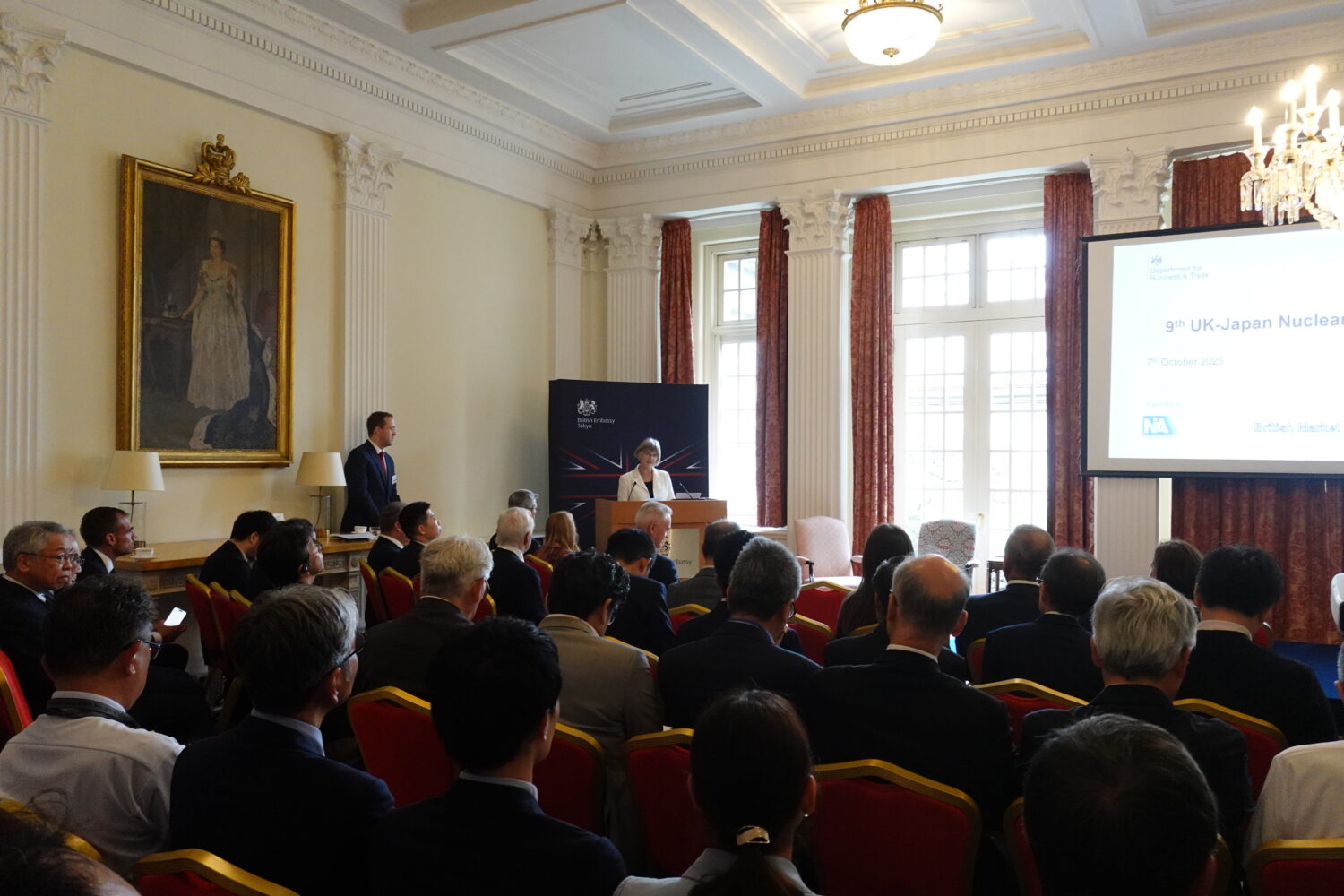

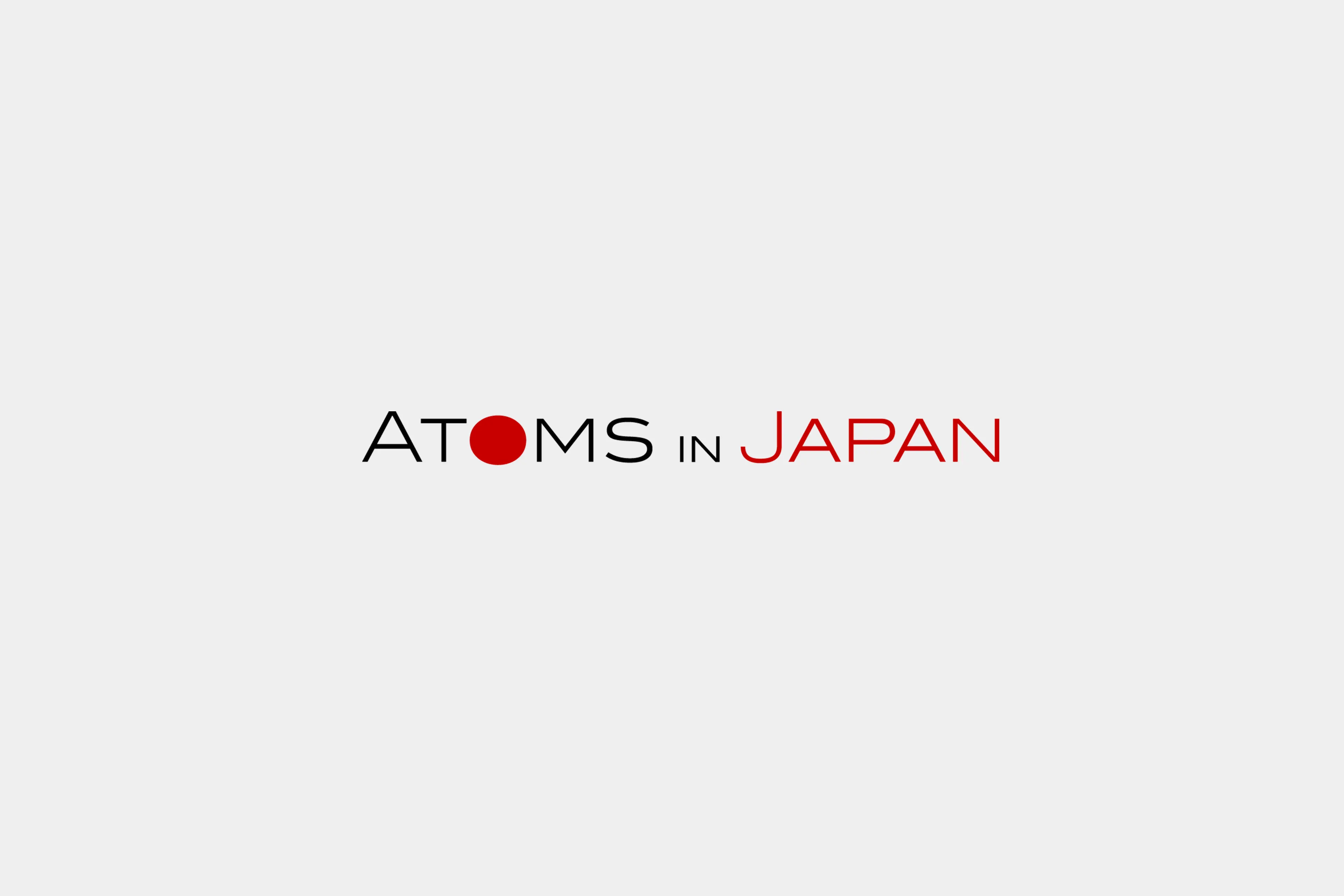

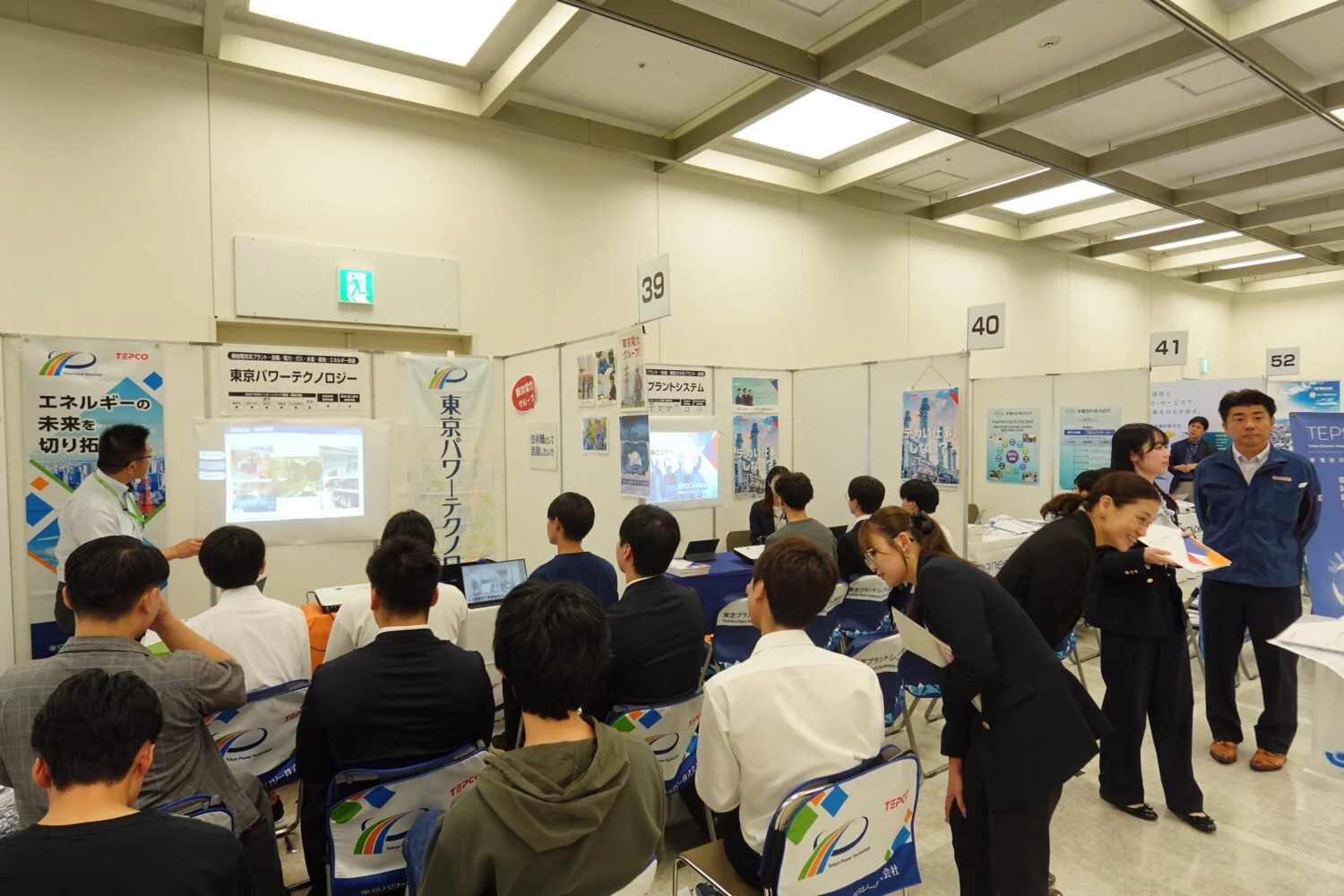
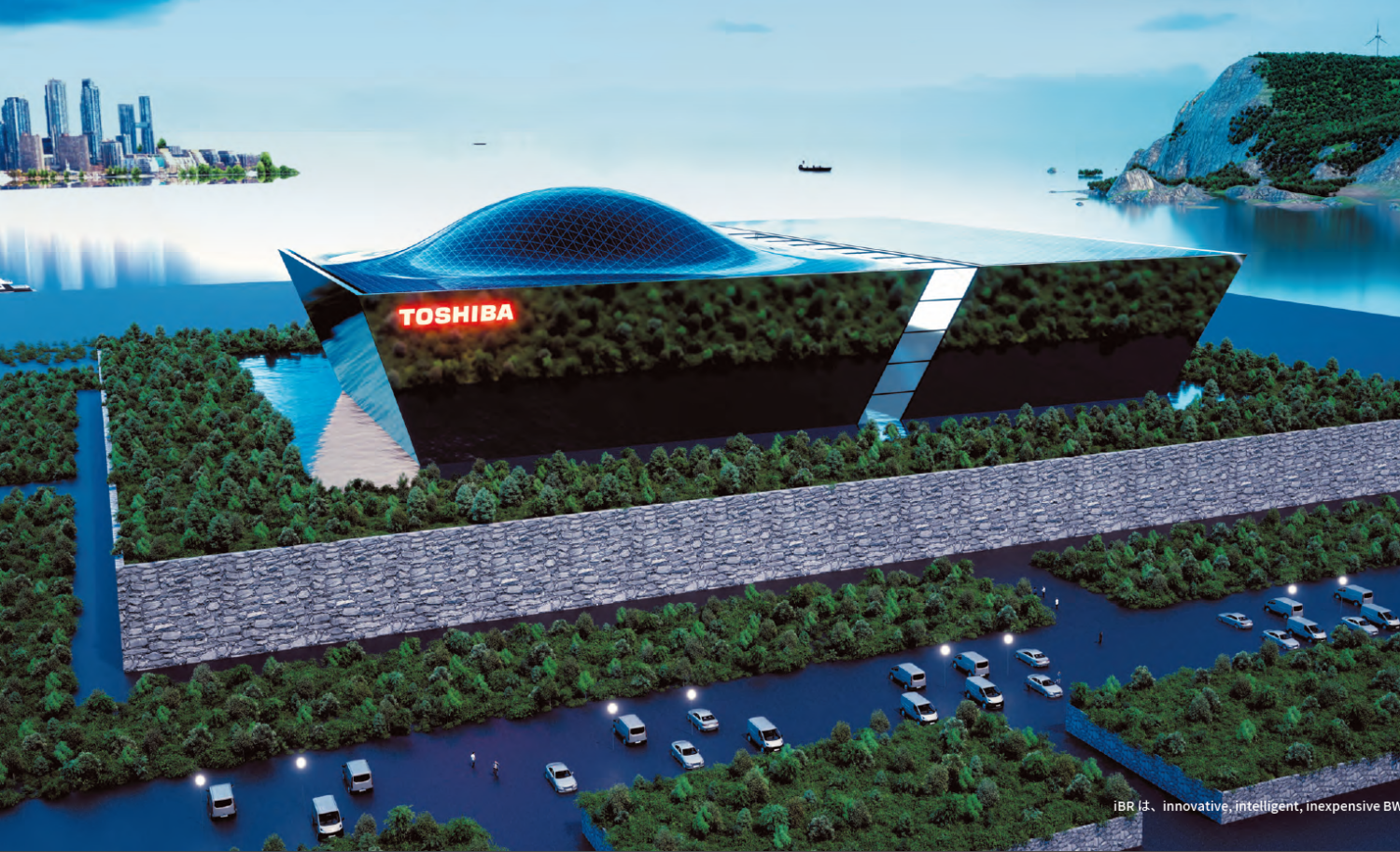
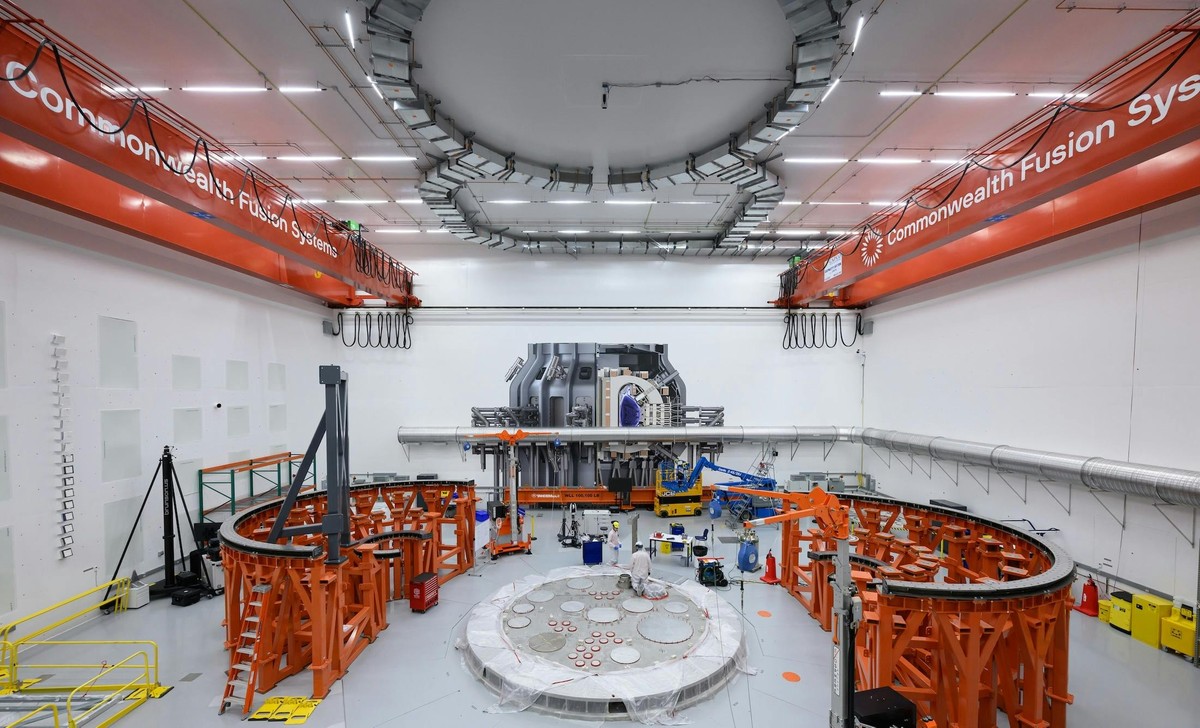



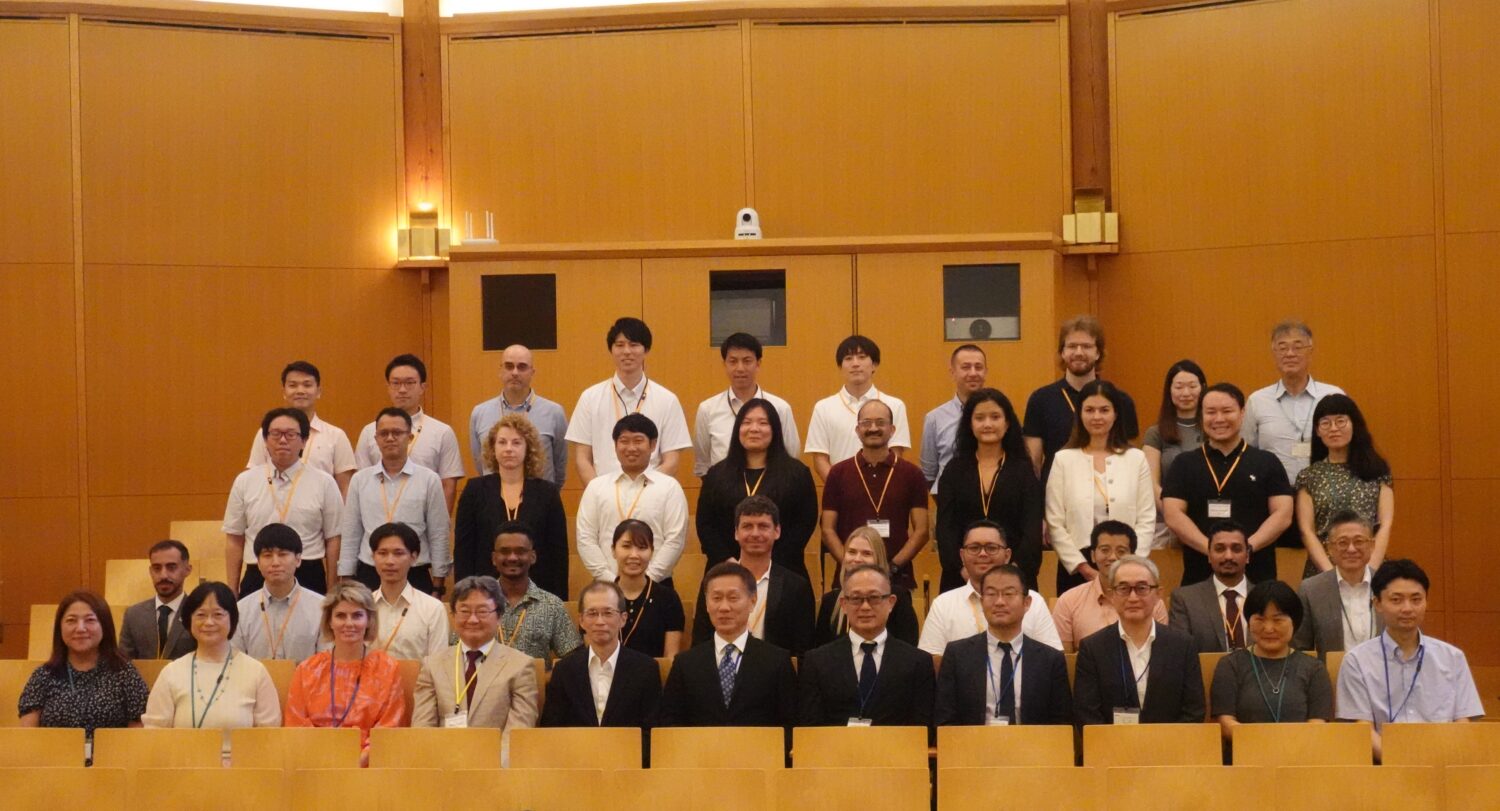
.jpg)


